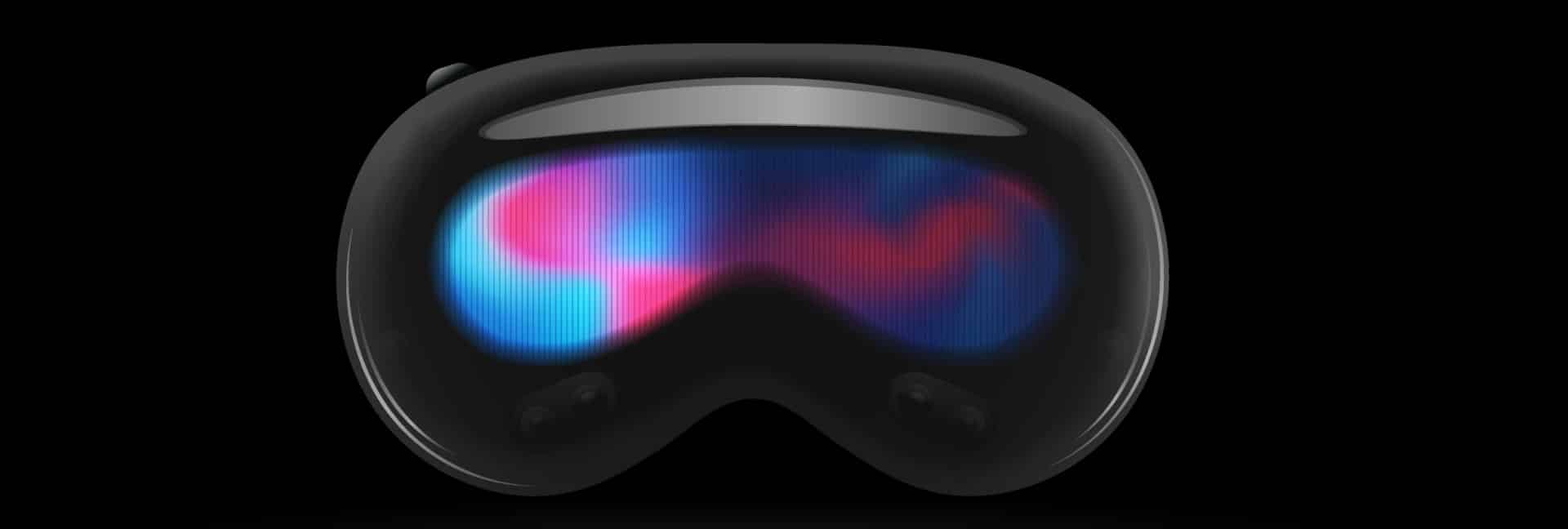After several years of petitioning from various corners of the tech industry, the wireless communication regulator, the Federal Communications Commission (FCC), has approved plans for the use of the 6GHz band in the United States.
The FCC unanimously green-lit the plans at the same time as agreeing to progress with the restoration of net neutrality regulations.
The new 6GHz band will give more connectivity freedom for tech companies developing both VR and AR devices while benefiting other industries like communications and healthcare. So what does that mean for the development of VR technology? And how does it impact consumers outside of the United States?
Let’s explore the current stance on 6GHz, why tech companies are keen to use it, and what will happen next.
What Is 6GHz?
Wireless communications use radio waves— a type of electromagnetic radiation. These are measured by frequency or wavelength. The wavelength refers to the distances between identical waveform signal points. Frequencies refer to the number of waves passing a given point in a single second.
Radio waves are only one element of the electromagnetic spectrum which is split into frequency bands. Different areas of the electromagnetic spectrum offer different benefits. A low-frequency transmission will have higher signal strength over long distances compared with those at higher frequencies. The downside is that these low frequencies can only transmit small amounts of data.
Wi-Fi broadcasts over airwaves that are available for everyone to use. Initially, Wi-Fi worked on the 2.4GHz band until the 5GHz band was added in 1999—however, it would be a decade before its use became commonplace. In 2020, the 6GHz band was opened up for Wi-Fi use.
While the signal from a 2.4GHz Wi-Fi travels further, 6GHz data gets there sooner. Transfer speed and range are all good, but when there are lots of routers in close proximity, you can run out of available space.
6GHz dramatically increases the amount of space available compared to traditional Wi-Fi.
Until recently, only the lower portion of the 6GHz has been available for consumer use. Now, under rules approved by the FCC, the upper part of the GHz band is also available for consumer use, and it won’t be restricted to your home Wi-FI.
What Has the FCC Approved?
On September 26th, FCC Chair, Jessica Rosenworcel proposed the authorisation of very low power (VLP) operations over around 850Mhz of the spectrum. The signals of these VLP operations won’t be able to go far. The proposals were approved on October 19th.
Devices that use higher power levels can also use the band, provided they are geofenced and won’t interfere with actual licensed use of the band.
This could potentially benefit mobile VR and AR devices and in-car connections, amongst other things.
Previously, 1,200MHz of the spectrum was opened up for unlicensed Wi-Fi routers and client devices. The new FCC rules broaden 6GHz spectrum availability for wider use.
Back in 2019, tech companies like Google, Meta, Apple, Broadcom, and Microsoft asked the FCC for access to 6GHz as it’s believed that it could solve difficulties Google, Apple, and Meta have all had producing products like AR glasses.
An example of how 6GHz may benefit VR is that devices can use their Wi-Fi capabilities without using intermediary devices, improving multiplayer use and making it easy for users to share content. Using the new spectrum will mean AR and VR devices can work like mobile devices, away from home or office routers and without wires and tethering.
It’s expected that Meta will make use of 6GHz in their smart glasses and Google will use 6GHz on its Pixel project. Companies like Apple and Broadcom will find 6GHz beneficial in developing their next-gen 5G ecosystems.
Will the UK Follow the FCC By Opening Upper 6GHz?
Ofcom is the regulatory body responsible for allocating and licensing the electromagnetic spectrum for the UK. In a statement published in December 2022, Ofcom stated that although they see the potential benefits of 6GHz for consumers from either lower-power Wi-Fi or higher-power licensed mobile within the upper 6GHz band, the case is “finely balanced” between risk and opportunity.
Back in December, Ofcom said based on the risks, it currently favours an outcome that would see no change in its position on the upper 6GHz band when it is discussed at this year’s World Radiocommunications Conference (WRC) this November and December in Dubai.
6GHz is currently used in the UK for radio astronomy and satellite services. The lower parts of the band are available for use Wi-Fi use.
In July this year, Ofcom stated that it was consulting with stakeholders on the use of the upper 6GHz band on two potential uses, an indoor/ outdoor split that would enable indoor Wi-Fi use and license outdoor mobile use and geographical sharing by licensing mobile use in high-traffic locations and Wi-Fi use elsewhere.
With tech companies now developing devices that harness this area of the spectrum, it probably won’t be long before we see Ofcom and other regulators approving similar rules.







